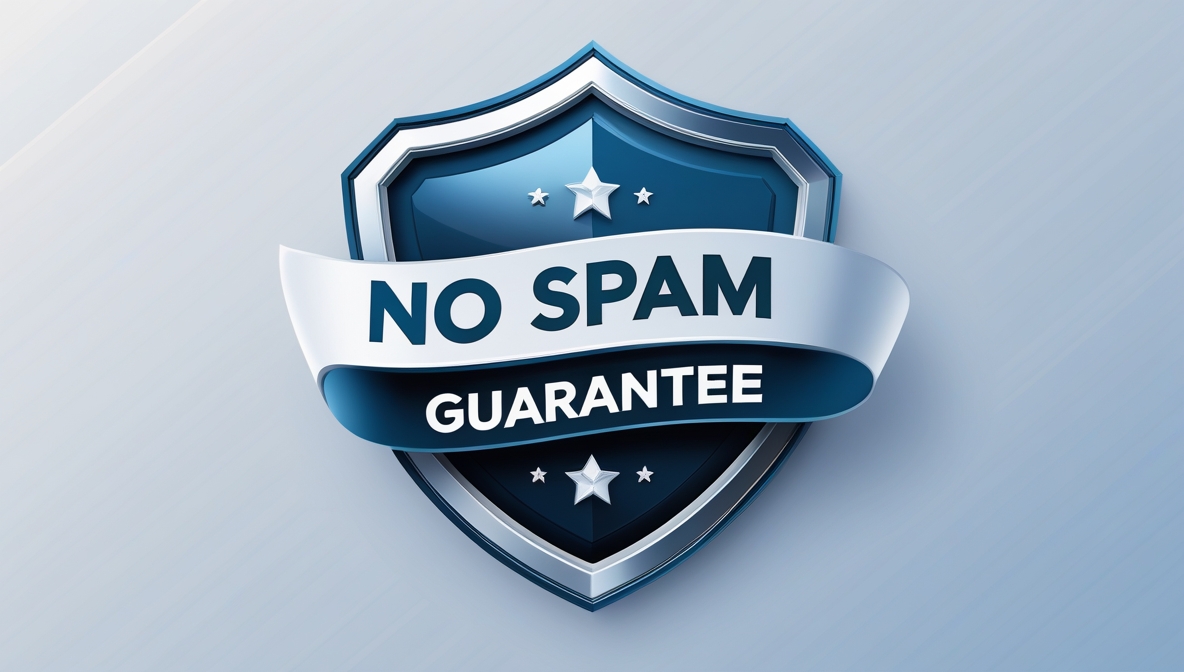This is a strategic leadership framework built for action. It equips CIOs and senior IT leaders with a clear, repeatable process for shaping long-term direction and moving teams forward—starting not with large programs, but with focused, achievable steps that generate real momentum.
At its core is the concept of the preferred future: a vision defined not by constraints, but by collective purpose. This framework helps leaders articulate that future, align stakeholders around it, and take practical steps to begin closing the gap—immediately and meaningfully. Each step builds confidence, reinforces alignment, and lays the groundwork for sustained transformation.
Leaders will find value in its clarity, its emphasis on measurable early progress, and its flexibility in complex, changing environments. It works equally well for strategic reset, cultural renewal, or full-scale transformation—whenever leadership needs to connect vision to action.
Tested across diverse organizations and rooted in enduring principles of systems thinking, collaborative leadership, and continuous improvement, this framework remains a relevant and trusted tool for leaders who are ready to move forward—with purpose.
This Strategic and Transformational Leadership Framework Will Help You...
This framework equips IT leaders with a clear method to define direction, accelerate progress, and sustain momentum through complex transformation. Each element is designed to help you produce meaningful outcomes that align with strategic priorities and organizational goals.
- Establish a Clear Strategic Destination: Use the visioning exercises to define a shared, purpose-driven future state that informs enterprise planning, digital roadmaps, and transformation narratives.
- Prioritize the Work That Moves You Forward: Apply the “vision-critical” filter to distinguish essential strategies from competing initiatives—giving you clarity for resource allocation, portfolio alignment, and leadership focus.
- Deliver Early, Tangible Wins: Use the structured approach to identify and activate small but high-impact actions. These first wins provide visible progress, increase credibility, and build confidence across stakeholders.
- Guide Adaptive Execution Over Time: Implement the PDCA (Plan–Do–Check–Act) cycle to track progress, validate impact, and adjust direction in real time. This supports data-informed reviews and agile governance.
- Strengthen Stakeholder Alignment and Engagement: Use the collaborative elements of the framework to involve cross-functional leaders early—building ownership, trust, and strategic coherence across departments and functions.
Together, these practices help you lead transformation with greater clarity, speed, and alignment—whether you're reimagining IT’s role in the business, launching a new strategic initiative, or recalibrating your long-term priorities.
This framework is designed for senior IT leaders responsible for shaping strategic direction, building enterprise alignment, and delivering transformation outcomes in complex environments. Whether you’re launching a strategic refresh, recovering stalled initiatives, or leading change from within, this framework supports your ability to lead with purpose and deliver results that matter.

